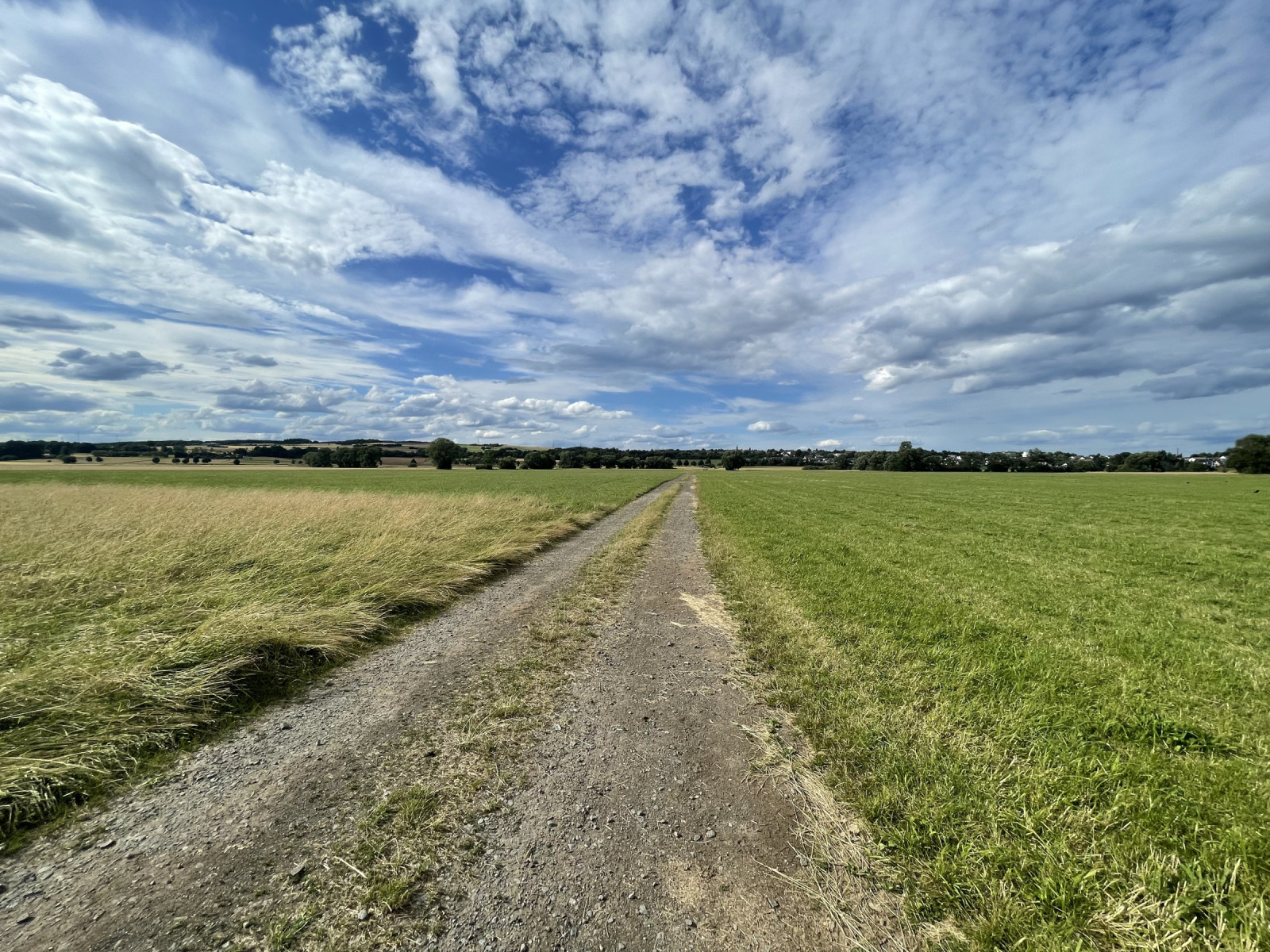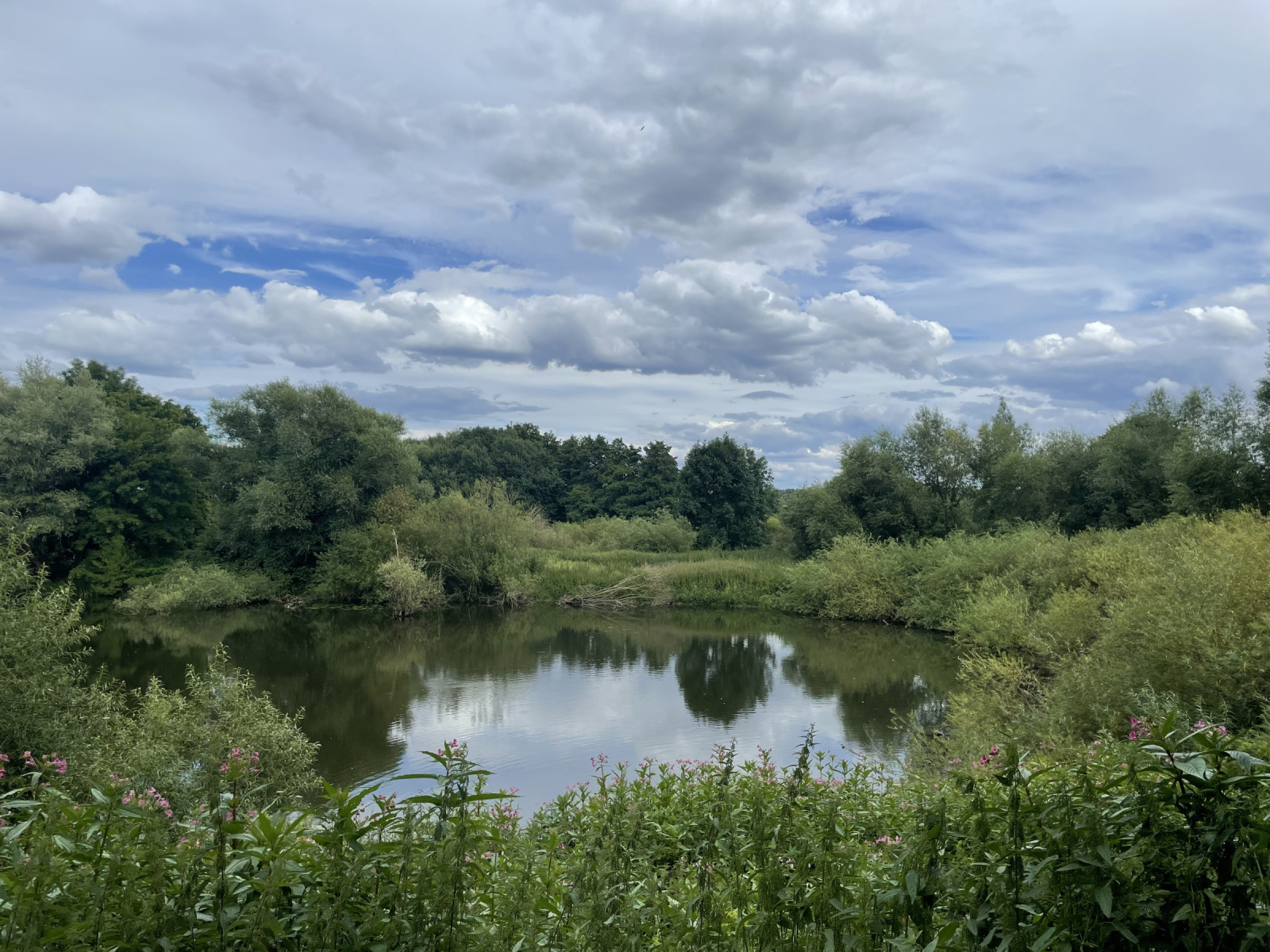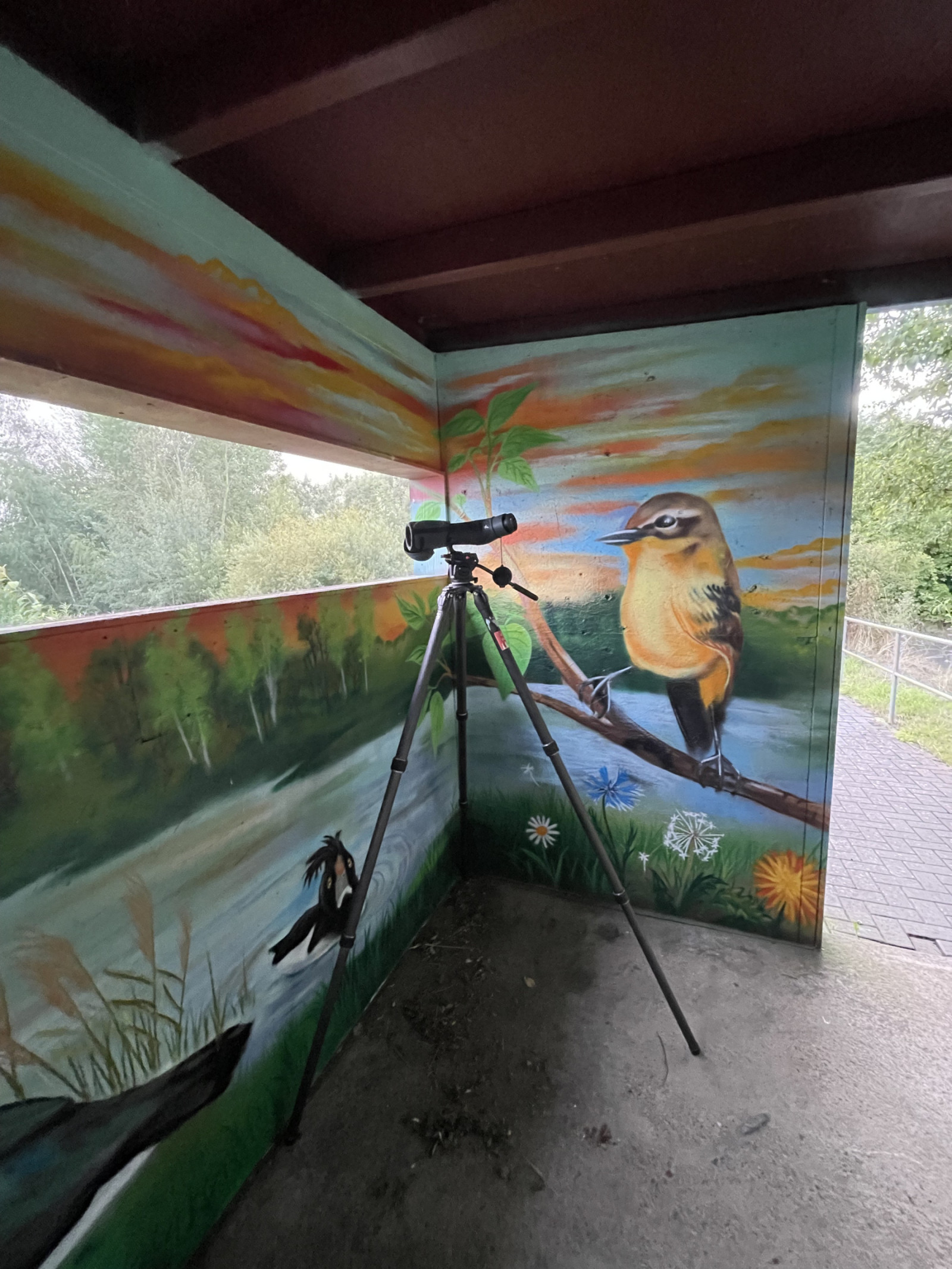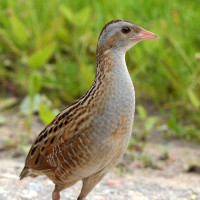Opis
The Lahnaue is one of the largest nature reserves in Central Hessen. It is a wide grassland floodplain on both sides of the river Lahn. Regularly flooded meadows, riparian forest, shallow water and silting areas, steep walls, gravel banks and ponds form an extremely structured mosaic of valuable habitats for numerous birds. More than 200 bird species have been seen here and more than 80 bird species breed here. The area is of particular importance for migratory birds such as żuraw, hundreds of whom stop here every year on their flight to the summer and winter quarters. The meadow landscape is just as important for a few breeding pairs of rare meadow breeders like derkacz. The area is also home to 280 species of plants, 22 dragonflies and numerous species of butterflies and grasshoppers as well as various amphibian species.
One of the ponds, called Kinzenbacher Lache is also one of the best spot to observe migrant waders, like łęczak.
Szczegóły
Dostęp
The Lahnaue is located between the towns of Giessen and Wetzlar and has easy access by car. Click on the P in the map to get directions. You can also visit the area via train from the trainstation Dutenhofen (see star on the map).




